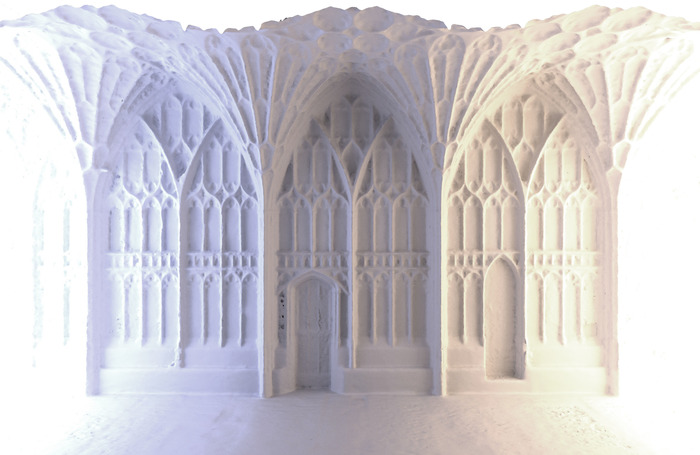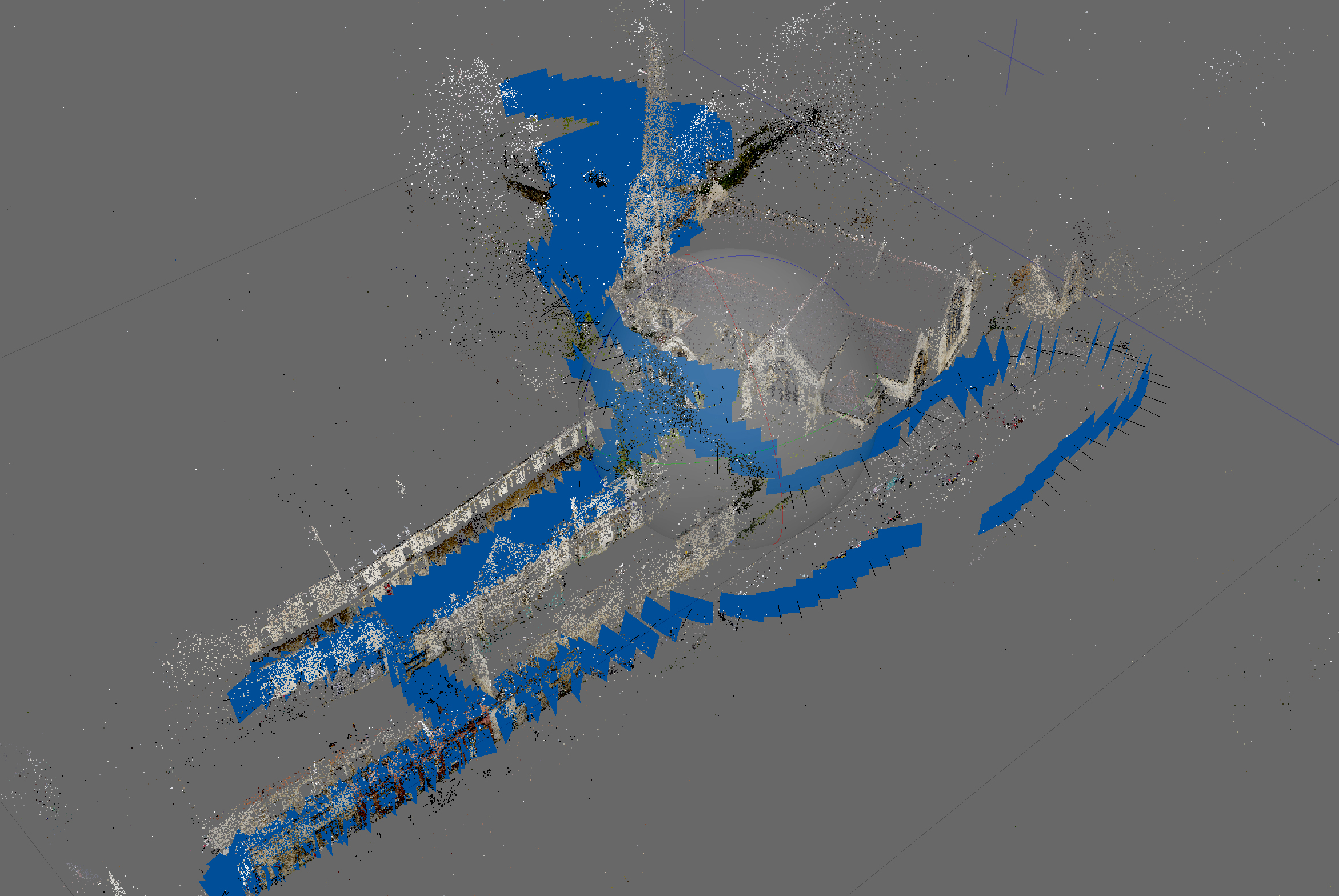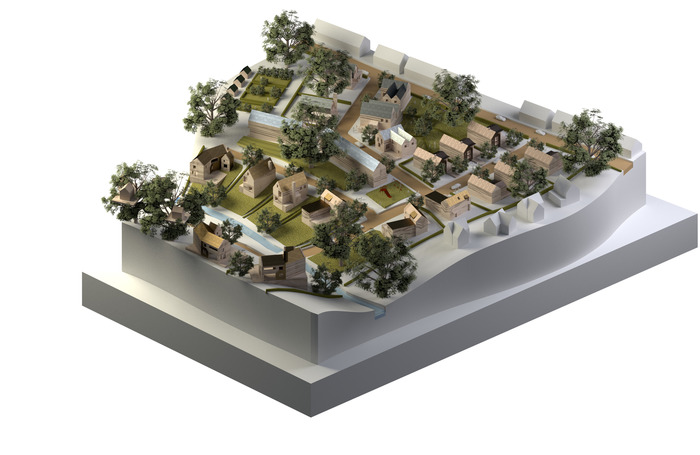Tomas Millar, of Millar+Howard Workshop, enthuses about how Virtual Reality, Augmented Reality, and 3D modelling are providing clients with a much clearer picture of the building they want.
Over the past 30 years technology has changed the way we as architects produce our work. However, the way we interact with our clients has remained remarkably constant. This is about to change. A new generation of technological innovation is offering opportunities for architects to connect more directly with their customers. The companies that embrace this opportunity will change the industry for the better.
Technology tends to evolve through small incremental changes. However, every now and again there is an innovation that is a seismic shift for a particular industry. In recent times these shifts have been significant not because of the technology itself but rather because they fundamentally change the customer experience.
It is no longer good enough to simply have a fantastic idea or produce a great product or service –companies that manage to connect with their customers and provide an exceptional customer experience are leading their industries. Think the iPhone or Facebook – the huge success of both of these innovations was less about the technology itself than about offering users a new way to interact.
I believe architecture is yet to go through this customer experience revolution. Of course, there has been huge technological change: CAD packages have changed the way architects work; and BIM offers the promise of increased efficiencies, and more integrated communication between consultants and contractors.
While BIM is admittedly a broad-ranging and ambitious initiative, it is primarily concerned with the form of design information and how it evolves throughout the design process. There is a degree of indifference towards the design idea itself, how it originates and the rituals of interaction between architect, client and user.
So despite the digitisation of architectural information the relationship between architect and client remains to some degree disjointed. Clients commissioning a building give the architect an idea of what they want. The architect then goes away and, after giving the matter some thought, refines what they want and attempts to persuade them by means of a variety of techniques including sketches, models, renderings and so on.
All of this gives rise to a situation where an architect is judged by their drawings and power of persuasion as much as (if not more than) their buildings. There is clearly room for innovation in customer experience. Some new (and not so new) technologies are being deployed by some innovative companies to begin to try and address this issue.

Virtual Reality
Virtual Reality offers clients a way to experience their building before it is built. Clients often struggle to fully understand abstract forms of representation - especially for the inside spaces. Some feel too embarrassed to admit that they don’t fully understand the drawings. A rendered perspective or model can help, but only to an extent – nothing substitutes actually being in a space.
However, Virtual Reality is starting to change this. Paired with a detailed 3D model of the building, the high-end headsets give such a powerful illusion of being in a space that people find themselves trying to lean on virtual tables or reach out and touch virtual columns.
This allows architects to break down the barriers of understanding between themselves and their client. Even at the early conceptual stages of a project architects can now communicate complex spaces including the intricate play of light and shadow.
We have been using Virtual Reality at all stages of projects for over two years now and we are finding it is actually speeding up the design process. Clients are able to grasp the nuances of spaces which were previously difficult to communicate and it is helping them make decisions much quicker.
We are also using it as a design tool to test our designs on a day-to-day basis. So powerful is this technology that we often describe the headsets as a time machine that transports you into the future to experience the building before it is actually built.

Photogrammetry
If Virtual Reality helps project a digitised space and helps make it feel real then photogrammetry operates in the reverse – allowing you to digitally capture a real space. It works using a normal camera or even a camera phone – you feed a number of images of a building taken from different angles into the programme (typically several hundred) and, a few hours of image recognition and geometric calculations later, it spits out a textured digital model of the building.
The models typically have several million verticies and can be millimeter accurate if you take enough photos. What this allows us to do is capture an accurate 3D representation of the site during our first site visit.
Back at the office we are then able to interrogate this model and test our initial responses to the project. We can then record a video explaining our thoughts and send this over to the client. People love it because it communicates our thoughts directly and is easy to understand. It is also a quicker and more direct way of recording our thoughts on a project.
In the early stages of a project we can chop and change this model and insert our design into what we have captured. We can then bring this into virtual reality, using the photogrammetry scan as the context for our design. Again, all of this allows us to better communicate with our customers.

New Business models
When it comes to house building and customer communication, there are several companies and organisations that are considering how they can connect more directly with their customers.
Facit Homes is one example of a company that has designed a product and a service that puts the customer at the heart of the process. Describing themselves as ‘the UK’s leading home manufacturer’, Facit design and then digitally manufacture one-off homes. They have developed their own modular construction system aimed at automation, precision and predictability.
But their innovation isn’t just limited to how the projects are designed and built. They have also re-engineered a customer experience that focuses on providing predictability and certainty right from the start of the process, so that for the customer it feels a little more like buying a car than embarking on a construction project.

Custom Build
Taking house building one step further, the concept of custom build proposes new models for valuing, selling, and developing land for multi-house sites that puts homeowners back at the centre of house building.
Companies such as Igloo and Potton homes are selling land to people who want to oversee the construction of their own home and allowing customers to customise the design. It is a model that already has a lot of traction in mainland Europe and is beginning to take root in the UK.
Here at Millar+Howard, as well as running an architecture practice, we have recently set up an online digital platform called Livedin Custom Build which helps connect landowners, architects, and home manufacturers directly with people who want to build their own home.
We are beginning to bring together a collection of innovative companies who want to change the way house building is done to create better homes and communities that more closely meet the needs of their residents.
The Future
Cedric Price famously once said: ‘Technology is the answer. But what was the question?’ It is relatively easy to adopt the latest technologies and incorporate them into your business. It is much more difficult to first identify the problem at the heart of what you are trying to do and then find the best solution.
In reality this process often oscillates backwards and forwards between problem and solution. However, we have to keep sight of what we are trying to achieve and in particular the needs of our customers. Those practices that use technology to better connect with their clients will lead the industry forwards – leaving the rest behind.
Tomas Millar, Director, Millar+Howard Workshop.









